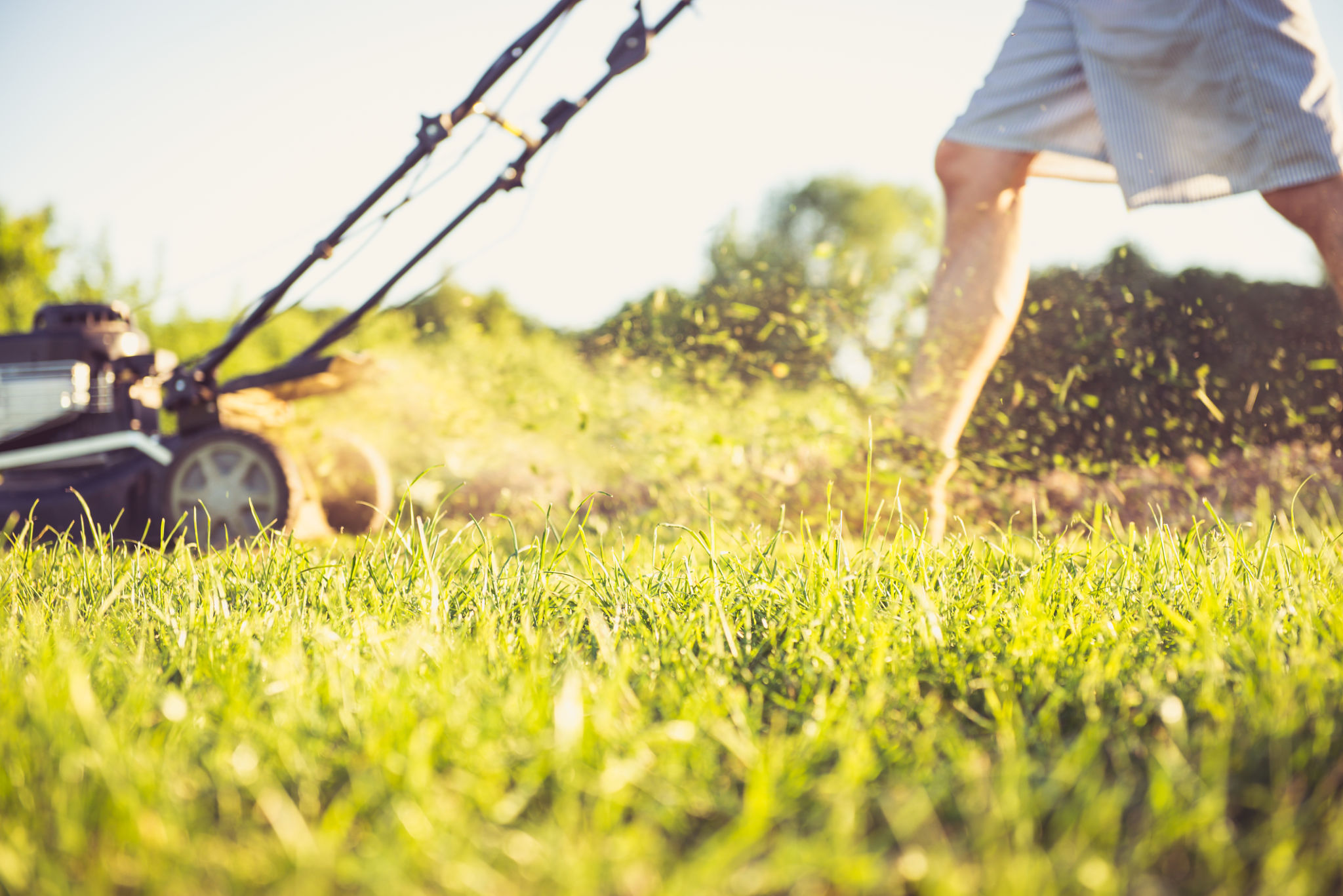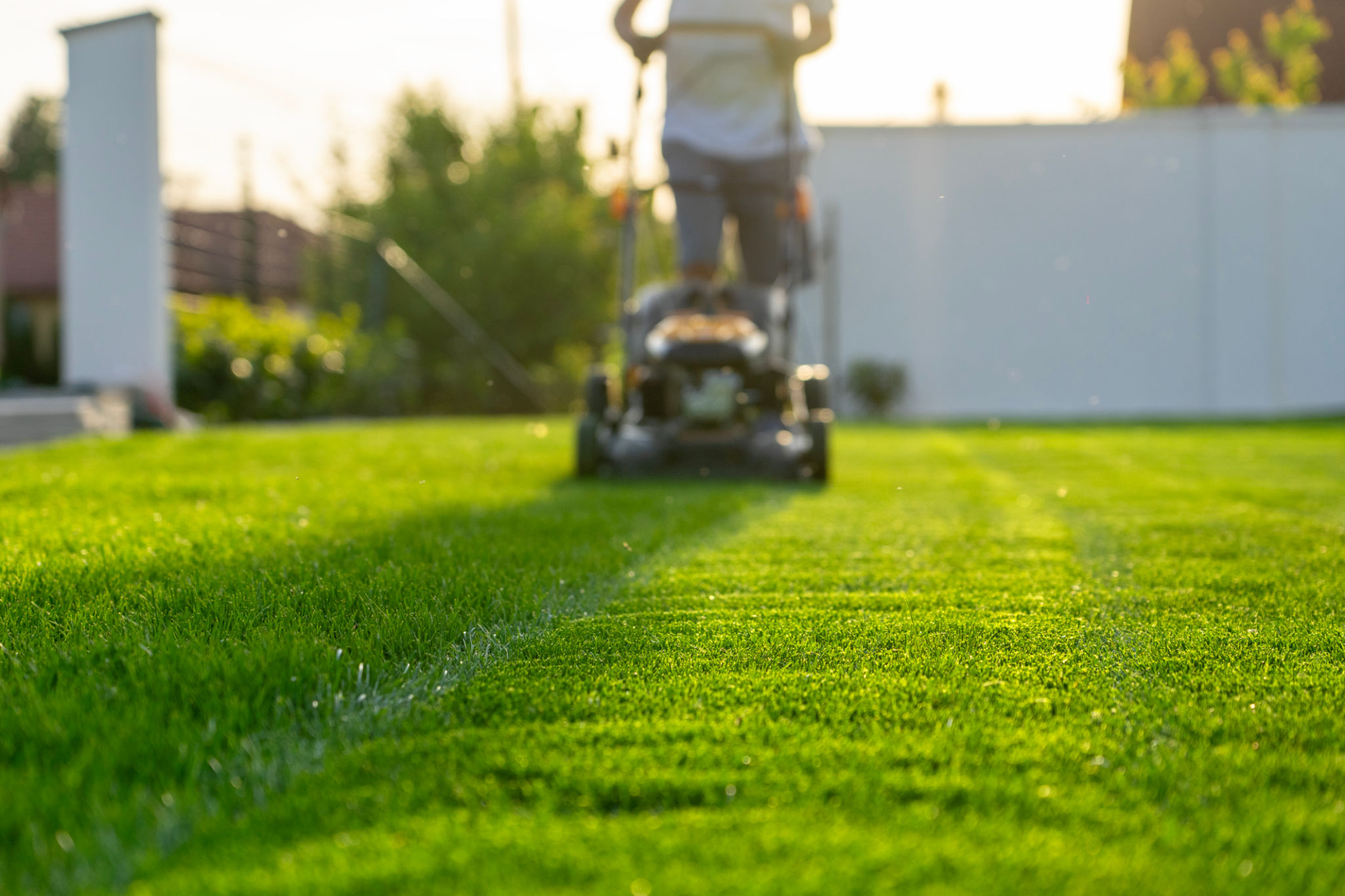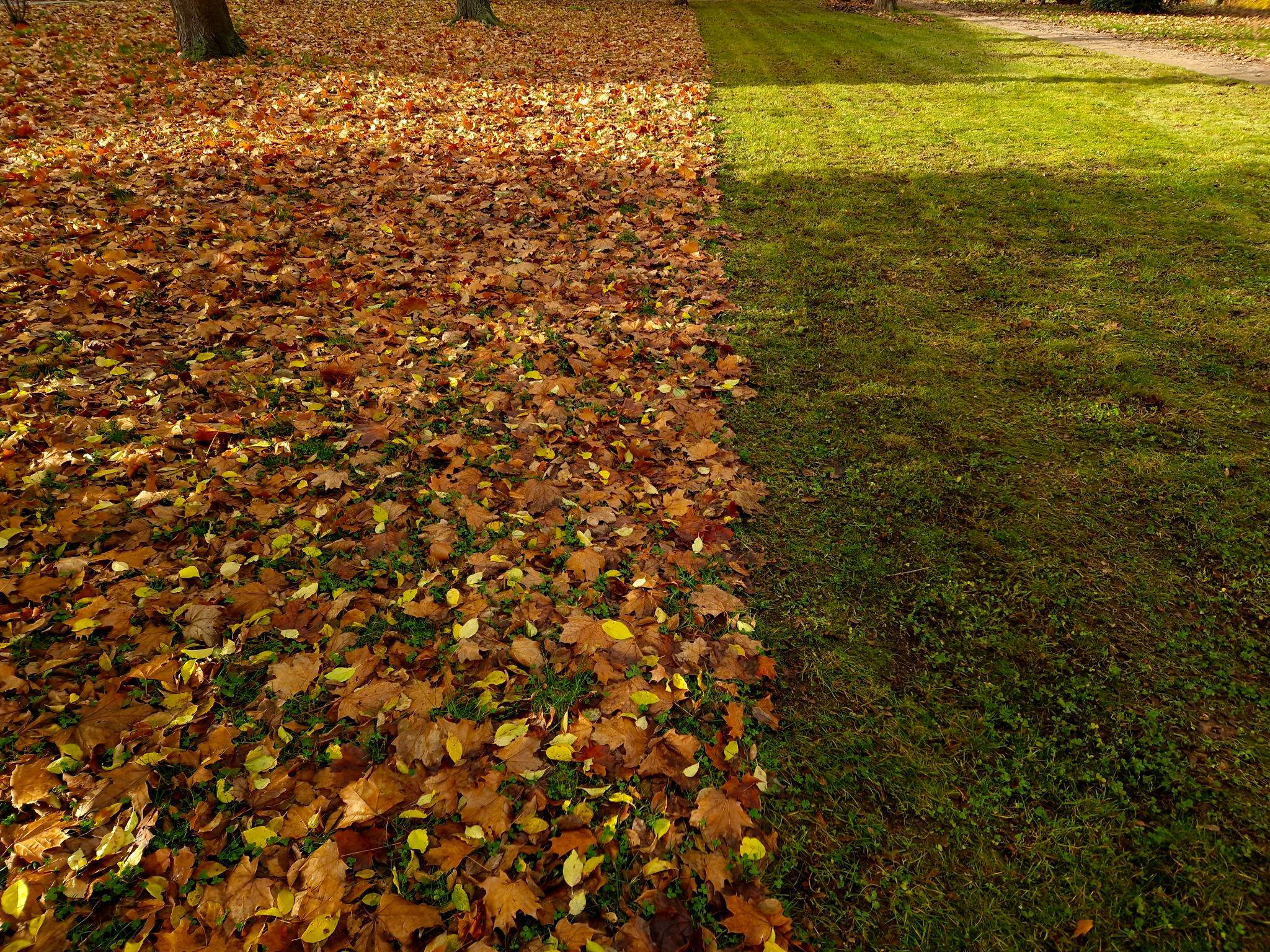The Impact of Montgomery County's Climate on Lawn Care and Maintenance
Understanding Montgomery County's Climate
Montgomery County experiences a humid subtropical climate, which means hot, humid summers and mild to cool winters. This climate type plays a significant role in determining the kind of lawn care and maintenance practices needed to keep your yard looking its best all year round. The area's weather conditions can influence everything from the types of grass that thrive to the frequency and methods of lawn maintenance.
The summer months in Montgomery County are characterized by high temperatures and humidity levels, which can lead to rapid grass growth. However, these conditions also increase the risk of drought stress and pest infestations, requiring vigilant lawn care practices.

Grass Types Suitable for Montgomery County
Choosing the right grass type is crucial for maintaining a lush and healthy lawn in Montgomery County. Some of the best choices for this region include:
- Bermudagrass: Known for its heat tolerance, Bermudagrass thrives in sunny areas and is ideal for high-traffic lawns.
- Zoysiagrass: This grass type is drought-resistant and can handle shade better than Bermudagrass, making it versatile for various yard conditions.
- Tall Fescue: With its deep root system, Tall Fescue is highly adaptable and offers excellent drought resistance.
These grass varieties are well-suited to withstand the local climate's challenges, ensuring a resilient and attractive lawn throughout the year.
Seasonal Lawn Care Tips
Effective lawn care in Montgomery County involves tailoring your approach to the changing seasons. Here are some seasonal tips to keep your lawn in top condition:
Spring
Spring is the perfect time to prepare your lawn for the growing season. Begin with a thorough cleanup to remove debris and dead grass. Aerate the soil to improve nutrient absorption, and apply a balanced fertilizer to promote healthy growth.

Summer
During the hot summer months, focus on watering deeply but infrequently to encourage deep root growth. Mow your lawn at a higher setting to provide shade to the soil and reduce water loss. Be vigilant about pest control and address issues promptly to prevent damage.
Fall
Fall is an excellent time for overseeding and fertilizing your lawn to ensure it enters winter in robust health. Rake fallen leaves regularly to prevent them from smothering the grass and causing disease.

Dealing with Common Lawn Issues
Montgomery County's climate can lead to specific lawn issues that require attention. Common problems include:
- Thatch Buildup: Excessive thatch can prevent water and nutrients from reaching the roots. Regular dethatching can help mitigate this issue.
- Pest Infestations: Grubs and other pests are prevalent in warm climates. Consider using integrated pest management strategies to control infestations.
- Weed Growth: Weeds can quickly overtake a lawn if not managed properly. Implement a pre-emergent herbicide program in early spring to prevent weed germination.
By understanding these common challenges and adopting proactive strategies, you can maintain a healthy lawn despite the climatic conditions.
The Importance of Sustainable Lawn Practices
Sustainability is becoming increasingly important in lawn care practices. Montgomery County residents are encouraged to adopt environmentally friendly methods such as:
- Composting: Use organic matter from your kitchen or garden waste to enrich the soil naturally.
- Water Conservation: Implementing drip irrigation systems or rainwater collection can significantly reduce water usage.
By incorporating these sustainable practices, homeowners can contribute to a healthier environment while enjoying a beautiful lawn.